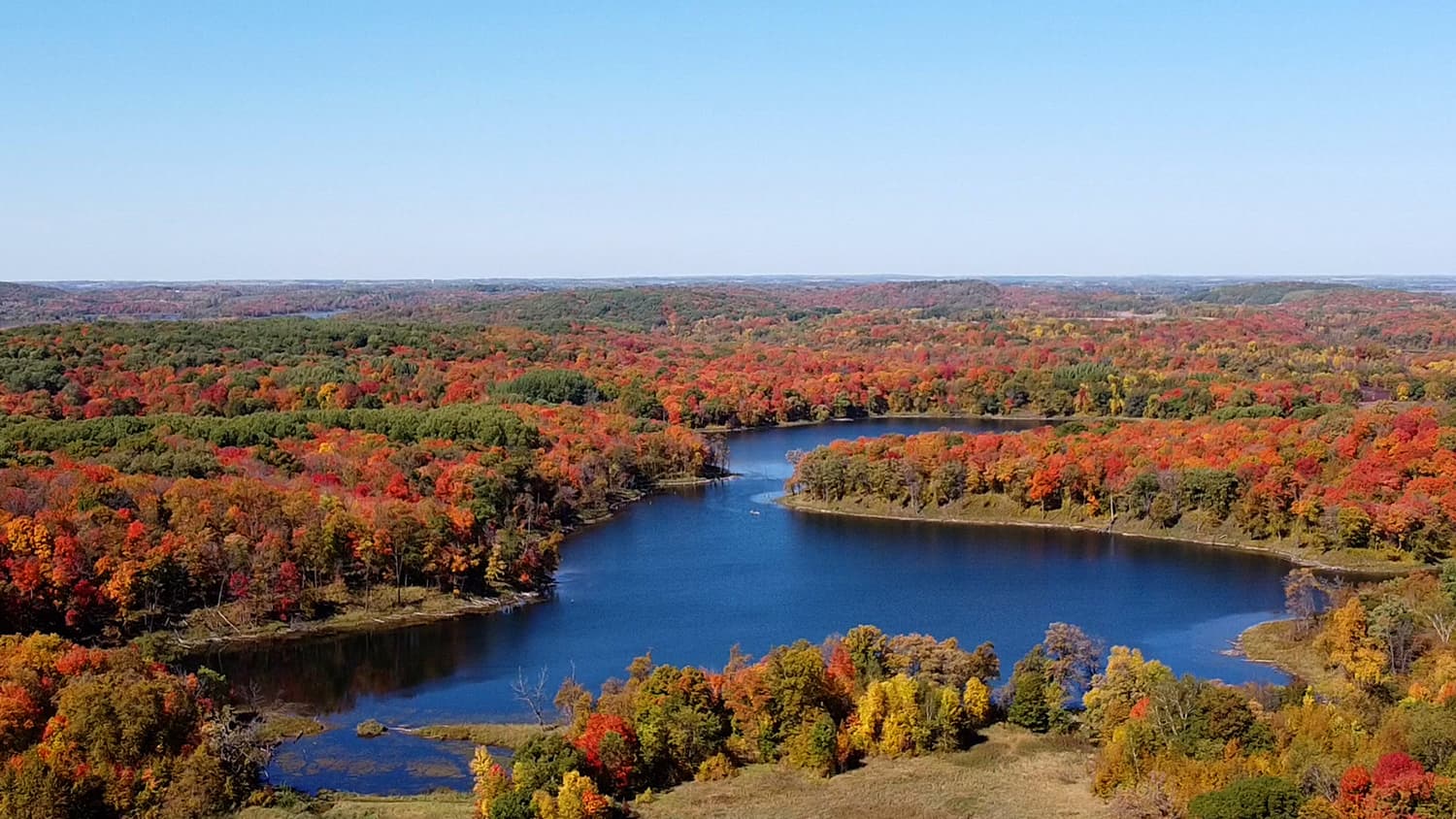Otter Tail County Updates Parks and Trails Resources for Residents
Otter Tail County's official Parks & Trails webpage consolidates park locations, department responsibilities, permit forms, fee schedules, and the county parks and trails ordinance, serving as the authoritative source for event permits and facility rentals. The resource matters for residents because it clarifies rules, accessibility commitments, and planning processes that shape maintenance and recreational use of local parks and trails.

Otter Tail County is presenting a centralized set of resources for residents and visitors seeking information about park locations, permit requirements, and departmental responsibilities. The county page lists primary county parks and trails including Echo Bay Park, Fort Juelson Park, Glacial Edge Trail, Heart of the Lakes Trail, and Phelps Mill Park. It also outlines the Parks & Trails department role in development, maintenance, long range planning, preserving natural resources, and accessibility.
The online resource supplies contact information for Parks & Trails Director Kevin Fellbaum and departmental phone and email details. It links to park use permit application forms, fee schedules, and the county parks and trails ordinance. For anyone planning an event or renting a facility, the county site is the authoritative source for permits, facility rental rules, and official guidance for recreational users.
This consolidation has practical implications for everyday users and for civic oversight. Clear access to permit forms and fee schedules reduces uncertainty for organizers of community events and for resident groups seeking to reserve facilities. A visible ordinance and posted rules make it easier for residents to hold officials accountable for consistent application of regulations and to track how fees and rules influence access to public spaces.
Institutionally, the Parks & Trails department is positioned at the intersection of maintenance priorities and long range planning decisions. Choices about park development and trail upkeep translate into budgetary commitments and trade offs that affect safety, natural resource protection, and accessibility. Those trade offs are central to county governance because they determine how public land is used, who can access it, and how much the public pays for services.
From a civic engagement perspective, the webpage functions as a starting point for public participation. Residents interested in park design, trail connectivity, or resource preservation can use the posted ordinance and planning materials to inform questions for county staff and elected officials. The availability of contact information for the department director offers a direct line for inquiries, complaints, or requests for clarification, which supports transparency and responsiveness.
For local policymakers and voters, park and trail policy is a tangible area where daily life intersects with county priorities. Maintenance schedules, permit fees, and accessibility investments reflect policy choices that can be debated at public meetings and in election campaigns. Residents who rely on parks for recreation, tourism businesses that depend on trail access, and civic groups that host events all gain from having a clear, authoritative source for rules and procedures.
Otter Tail County's Parks & Trails page represents a practical tool for both users and watchdogs. By centralizing permit applications, fee information, and the governing ordinance, the county has provided a single reference point that supports informed use, public oversight, and constructive community engagement with local parks and trails.


